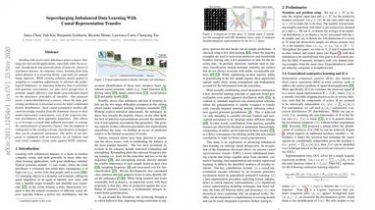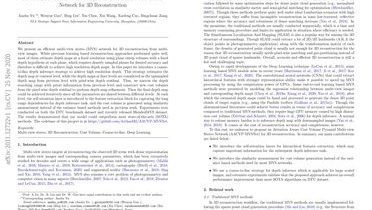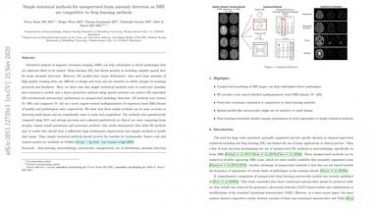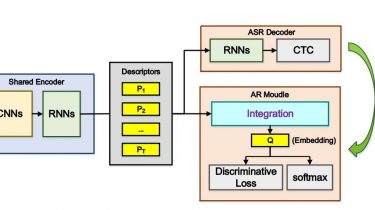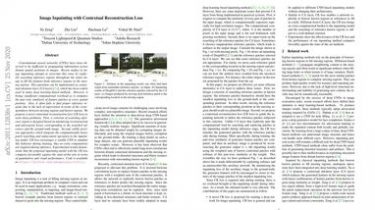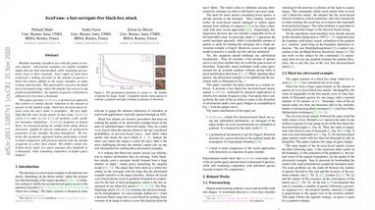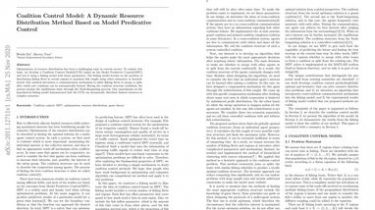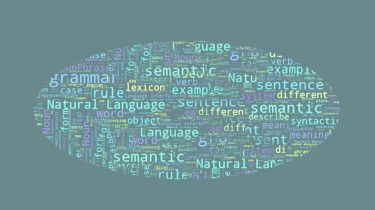Supercharging Imbalanced Data Learning With Causal Representation Transfer
Dealing with severe class imbalance poses a major challenge for real-world applications, especially when the accurate classification and generalization of minority classes is of primary interest. In computer vision, learning from long tailed datasets is a recurring theme, especially for natural image datasets… While existing solutions mostly appeal to sampling or weighting adjustments to alleviate the pathological imbalance, or imposing inductive bias to prioritize non-spurious associations, we take novel perspectives to promote sample efficiency and model generalization based on the […]
Read more